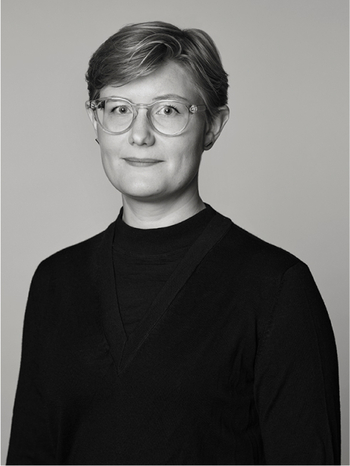Haku Maki
Haku Maki, 'Poem 71-36' and 'Poem 71-46', signed and numbered.
Woodblock prints with embossing.
"Poem 71-36" with artist's seal in red and signed in pencil Haku Maki and numbered 70/152. Image 26.8 x 18.4 cm. Frame 41.5 x 33.2 cm.
"Poem 71-46" with artist's seal in red and signed in pencil Haku Maki and numbered 103/152. Image 26.8 x 17.7 cm. Frame 41.5 x 33.2 cm.
Not examined out of frames. Minor small spots.
Artist
Maki Haku (巻白, sometimes called Hadu Maki) is the artistic name of Maejima Tadaaki, born in Ibaraki Prefecture. He was a sōsaku-hanga artist. During World War II, Maejima Tadaaki trained as a kamikaze pilot in the Japanese Air Force, but the war ended before he was assigned a mission. Haku had no formal art education but studied under the sōsaku-hanga artist Onchi Kōshirō (1891–1955).
Maki Haku's prints are characterised by textures and the use of Kanji (Chinese characters) as motifs. In 1962, Haku introduced textures into his graphic sheets; initially, texture was added afterwards, but in 1965 he began to emboss patterns during the printing process, subsequently adding colours.
Maki Haku is represented in collections including The Art Institute of Chicago, the Cincinnati Art Museum, the Honolulu Museum of Art, the Los Angeles County Museum of Art, the Museum of Fine Arts, Boston, the Museum of Modern Art (New York), the University of Michigan Museum of Art, and the Philadelphia Museum of Art.
Read more














































